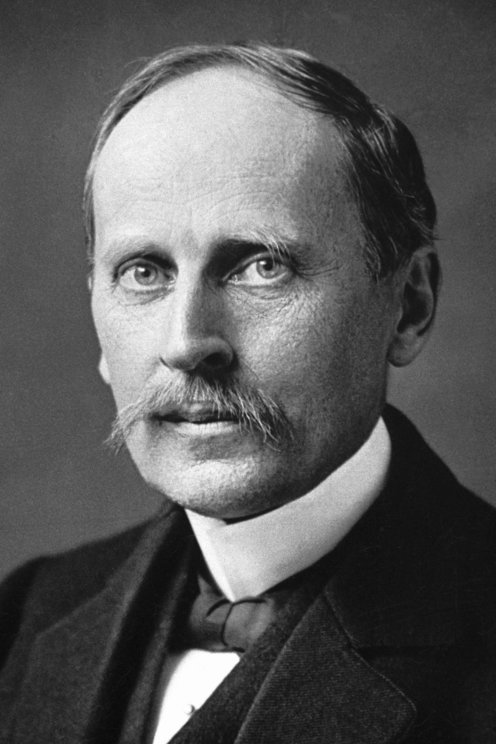The history of Michelangelo
Michelangelo is one of the leading Italian sculptors, painters, architects and poets of the Renaissance. He was born on March 8, 1475, in Arezzo, Caprisi, Italy.
He is called the Renaissance man because of the variety and breadth of his work. During and after his lifetime, he was regarded as one of the greatest artists of all time.
Michelangelo's full name is Michelangelo de Lodovico Buanarotti Simoni. The current name of his birthplace Caprici is Caprici Michelangelo. His father's name was Ludvico de Leonardo Buanarottti Simoni and his mother's name was Francesca de Neri del Miniato de Siena. A few months after his birth, his family moved to Florence, where he grew up.
Later, during his mother's continued illness and death (1481), he lived with the family of a stone carver in the town of Settiganano. The town had a marble mine and a small farm owned by his father. Michelangelo spent the rest of his life in Florence, Bologna and Rome.
As a teenager, Michelangelo went to Florence to study grammar with the humanist Francesco da Arbino. But there was a tendency to draw since childhood. As a result, it was better to copy church pictures and stay close to artists than to go to school. Florence was then the heart of Italian painters.
At that time various organizations including the city authorities were patronizing the artists. The renaissance of painting also took place in Florence. As a result, all the famous artists used to visit this city regularly. Their best works were also in Florence.
And Michelangelo happily copied their work. In 148, at the age of thirteen, Michelangelo began working as an apprentice to the famous artist Domenico Gillando. From the following year he received regular masohara from the guru. Which was an exceptional event for that time. At the same time he studied the humanist neo-platonic genre.
His most famous works are Pieta and David. He created two famous sculptures before the age of thirty. Behind these two works, his paintings have almost fallen into disrepair. But his two paintings on the history of Western art are very influential.
In the fresco style, he painted a variety of paintings on the ceiling of the Sistine Chapel in Rome and on the walls a famous painting called 'The Last Judgment'.
He has a remarkable reputation as an architect. Including the Lorenthian Library, designed in the Mannerist style. He is called the forerunner of the Mannerist sect.
His other important works include Madonna and Child, various types of male portraits, figure compositions and paintings and sculptures on death.
At age 64, Michelangelo starred in the design of St. Peter's Basilica in Vatican City. After his death, the work of the church was completed with some changes. He was the first Western artist to publish a biography in his lifetime.
Giorgio Vasari wrote two biographies published during his lifetime. Among the artists of the sixteenth century, his various works, draft paintings, etc. have been preserved to the greatest extent. In his lifetime he was called 'The Divine One'.
Michelangelo died on 18 February 1564. : !! ►►







0 Comments